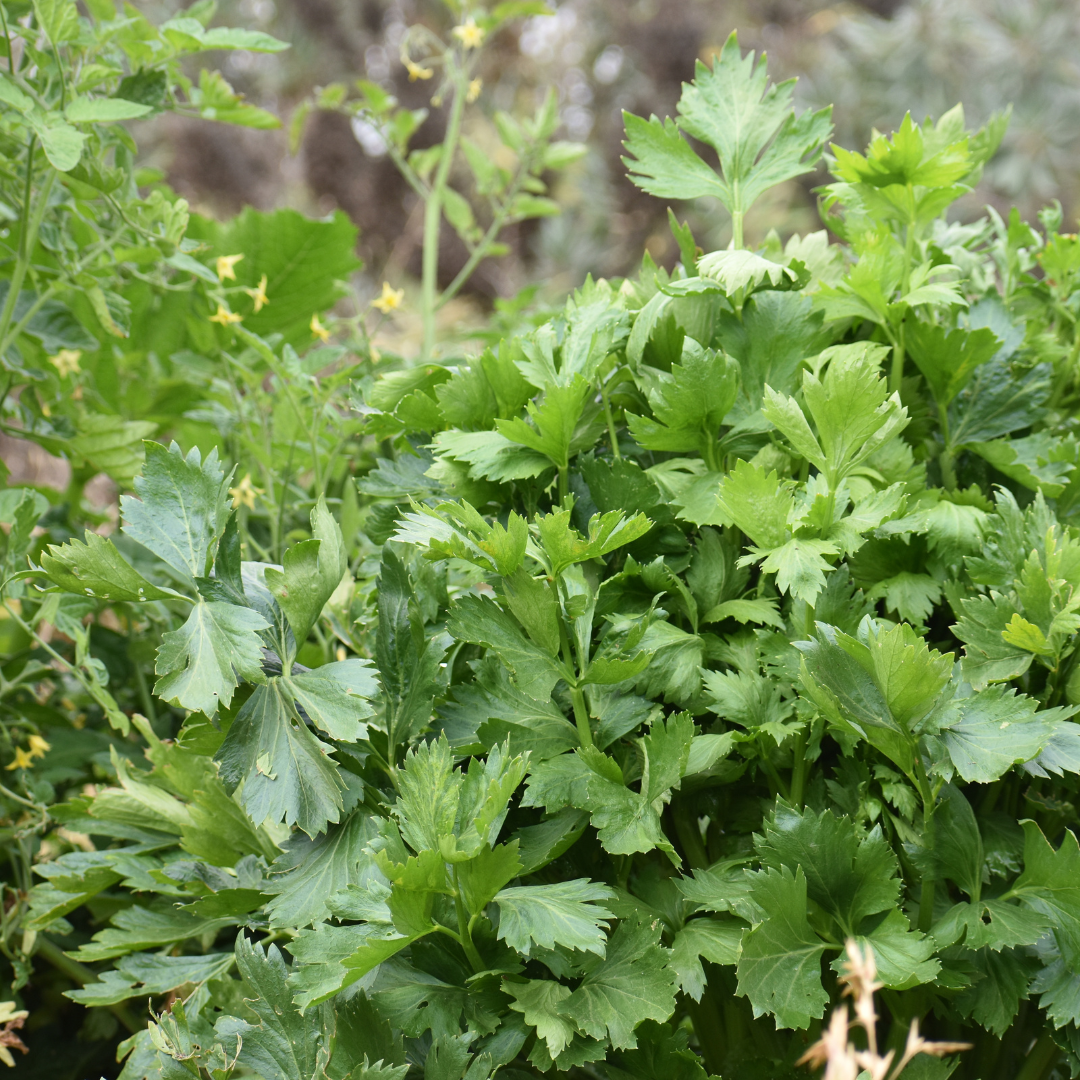The Magic of a California Herb Garden
California gardeners, unlock a world of flavor right outside your door! Imagine stepping out to snip fresh basil for a fragrant pesto, rosemary for roasted potatoes, or a sprig of mint to infuse an icy beverage. A well-designed herb garden transforms meals, adding depth and complexity no store-bought bunch can match. Last summer, the burst of citrusy flavor from a handful of lemon verbena in my iced tea was a revelation! Herbs don't just taste good; their fragrance fills the air and brings beauty to your garden. California's diverse climate allows you to cultivate an incredible array of herbs, both familiar classics and exciting new discoveries. Get ready to elevate your cooking and your garden with the simple joys of growing your own herbs.
Ready to start designing your perfect California herb garden space?
Designing Your California Herb Garden
Before you grab those seed packets, let's design a herb garden that fits your space, style, and our unique California climate.
Location, Location: Most herbs crave sunshine! Choose a spot that gets at least 6 hours of full sun per day. In our hotter regions, some afternoon shade for heat-sensitive herbs might be beneficial.
Garden Style:
Raised Beds: Offer excellent drainage and warm up quickly in spring, great for many herbs.
Containers: Perfect for smaller spaces and allow you to control soil quality. Choose pots with drainage holes. Terracotta dries out faster, so consider this for thirstier herbs like basil or mint.
Landscape Integration: Tuck herbs amongst flowers, along pathways, or as edible borders for garden beds.
Designing for Success:
Group herbs with similar water needs for easier care.
Consider mature size. Tall rosemary or bushy bay laurel might be better at the back, with low-growing thyme in front.
Think vertical! Use trellises, hanging planters, or wall-mounted pots to maximize space while adding visual interest.
Herb-tastic Choices for California
Get ready to explore the delicious possibilities! California's climate allows you to grow a wide range of herbs. Let's start with some classics and then add some unique choices.
Mediterranean Staples: These sun-loving herbs thrive in most California regions:
Rosemary: Versatile with fragrant, needle-like leaves. Choose upright or trailing varieties.
Thyme: A low-growing workhorse! Many varieties (lemon, English) for culinary use.
Oregano: Essential for Italian dishes. Greek oregano packs a powerful flavor.
Sage: Culinary sage has fuzzy leaves, but it comes in various colors too (purple, tricolor!).
Lavender: Who doesn't love the scent? Choose varieties meant for cooking or crafting.
Bay Laurel: A small tree, so give it space! Dry the leaves for soups and stews.
Summertime Flavors: These herbs adore warm weather:
Basil: Endless varieties – Genovese, Thai, Lemon, Purple! Grow plenty for pesto.
Cilantro: Love it or hate it, this fresh, zesty herb is a staple for some cuisines.
Parsley: Flat-leaf (Italian) or curly, great for garnishes and flavor-packed dishes.
Mint: Delicious but vigorous! Grow in containers unless you want it taking over.
Drought-Smart Delights: Perfect for water-wise gardens:
Marjoram: Similar to oregano, but milder.
French Tarragon: Essential for béarnaise sauce, with a subtle anise flavor.
Curry Leaf: If you love Indian food, growing this aromatic leaf is a must!
Beyond the Basics: For adventurous herb gardeners:
Lemon Verbena: Intensely citrusy leaves for tea, desserts, or marinades.
Shiso (Perilla): Adds a unique flavor to Asian dishes and makes a gorgeous garnish.
Borage: Beautiful blue flowers are edible, with a mild cucumber-like flavor.
Easy Propagation: Herbs like rosemary and mint are simple to grow from cuttings. Snip a healthy stem, remove lower leaves, and root it in water or moist potting mix.
Important Note: Always check the specific needs of a herb variety before planting, as some herbs may have specific soil or light preferences not listed here.
Planting Your Herbs: Seeds or Starts?
It's time to get those herbs in the ground (or pot)! There are two main paths: starting from seed or purchasing seedlings. Let's weigh the pros and cons:
The Joy of Seeds:
More Variety: Access to a wider range of unique or heirloom herb varieties.
Cost-Effective: Especially if growing lots of herbs. Seed packets contain MANY potential plants.
Satisfaction: Witnessing the entire lifecycle, from tiny seed to flavorful leaf.
Seedling Shortcuts:
Instant Gratification: Get a head start, especially for slow-growing herbs.
Less Risky: Avoid the gamble of germination and those delicate early stages.
Ideal for some herbs: Herbs that dislike transplanting (like cilantro or dill) are better sown directly into their final spot.
When to Choose Which:
Popular & Easy Herbs: Basil, parsley, chives - often readily available as seedlings.
Unique & Specialty Herbs: If you want a specific variety, seeds might be the only option.
Limited on Time: Seedlings give you a jump on the gardening season.
Planting Tips:
Seedlings: Choose healthy-looking plants with strong stems and vibrant leaves. Consider buying some from your local farmers' market for interesting varieties and supporting local growers.
Seeds: Follow packet instructions for spacing and depth. Keep the soil consistently moist for germination.
Thinning: Once seedlings have a few true leaves, snip out weaker ones for proper spacing.
Bottom Watering: For trays of seedlings, water from below to reduce the risk of fungal diseases.
Soil Prep: Most herbs prefer well-draining soil. Amending with compost is a good idea for raised beds or containers.
Nurturing Your Herb Haven
With a little understanding and attention, your herb garden will flourish. Here's how to help your herbs thrive in our California climate:
The Right Watering:
Most herbs prefer soil to dry out slightly between waterings. Overwatering is a common culprit in herb struggles!
Water deeply and less frequently to encourage strong roots. Aim water at the base of the plant, not the leaves.
Container-grown herbs may need more frequent watering, especially during hot weather.
Drought-tolerant herbs: Rosemary, lavender, and thyme need even less water once established.
Thirstier herbs: Basil, mint, and cilantro appreciate more consistent moisture but still avoid soggy soil.
Feeding (or Not Feeding):
Many herbs DO NOT need heavy fertilizing. Overfertilized herbs grow lush but lose flavor.
A boost of compost at planting time is often sufficient for the whole season.
If you notice herbs with pale, slow growth, a diluted liquid fertilizer (half-strength) might help.
Pruning Power:
Regularly pinch or snip off tops of herbs like basil, mint, oregano, and thyme to encourage bushier growth. This prevents them from getting leggy and delays flowering (which can make some herbs bitter).
Bonus: You get to use those fresh clippings in the kitchen!
Deadheading: Remove spent flowers on flowering herbs to prolong harvest and encourage more blooms.
California Considerations:
In hot, dry areas, afternoon shade can shield heat-sensitive herbs from scorching.
Mulching around herbs helps retain soil moisture and suppress weeds.
Harvesting and Enjoying Your Bounty
This is the moment you've been waiting for—transforming your garden efforts into culinary adventures! Here's how to harvest your herbs for maximum flavor and freshness:
When to Harvest:
For most herbs, harvest leaves just before the plant flowers for the most intense flavor.
Morning harvests often have the highest concentration of essential oils.
Use a clean pair of scissors or pruning shears for a precise cut.
Fresh vs. Dried:
Nothing beats the vibrant flavor of fresh herbs! Use them liberally in salads, dressings, sauces, and as garnishes.
Preserve excess herbs through drying or freezing.
Air-Drying: Hang bunches of herbs upside down in a dry, well-ventilated area.
Freezing: Wash and chop herbs, then freeze in ice cube trays with a bit of water or olive oil for easy use.
How Much to Harvest:
General rule: Don't take more than 1/3 of the plant at a time to allow for regrowth.
Fast-growing herbs like basil and mint can handle more frequent and heavier harvests.
Flowering herbs: Regularly pinch off flower buds to prolong the harvest of leaves.
Tips for Specific Herbs:
Basil: Pinch off whole stems to encourage branching.
Cilantro: Harvest outer leaves first, allowing the center to keep growing.
Parsley: Cut stems at the base for the most substantial harvest.
Rosemary: Snip off individual sprigs as needed.
Herb Gardens: Your Kitchen's Secret Weapon
Your California herb garden is a gift! With each handful of rosemary, every sprig of vibrant basil, you're adding depth and freshness to your meals in a way no grocery store can replicate. Experiment with new herbs, share your abundance with friends, and savor the simple joy of growing your own flavors. Your kitchen, and your tastebuds, will thank you.
Keep Exploring:
Herbs are just the beginning! Your garden has the potential to provide delicious vegetables, beautiful flowers, and endless opportunities for discovery. Let your herb garden be a gateway to creating the edible paradise of your dreams.
















